New Wave Sake
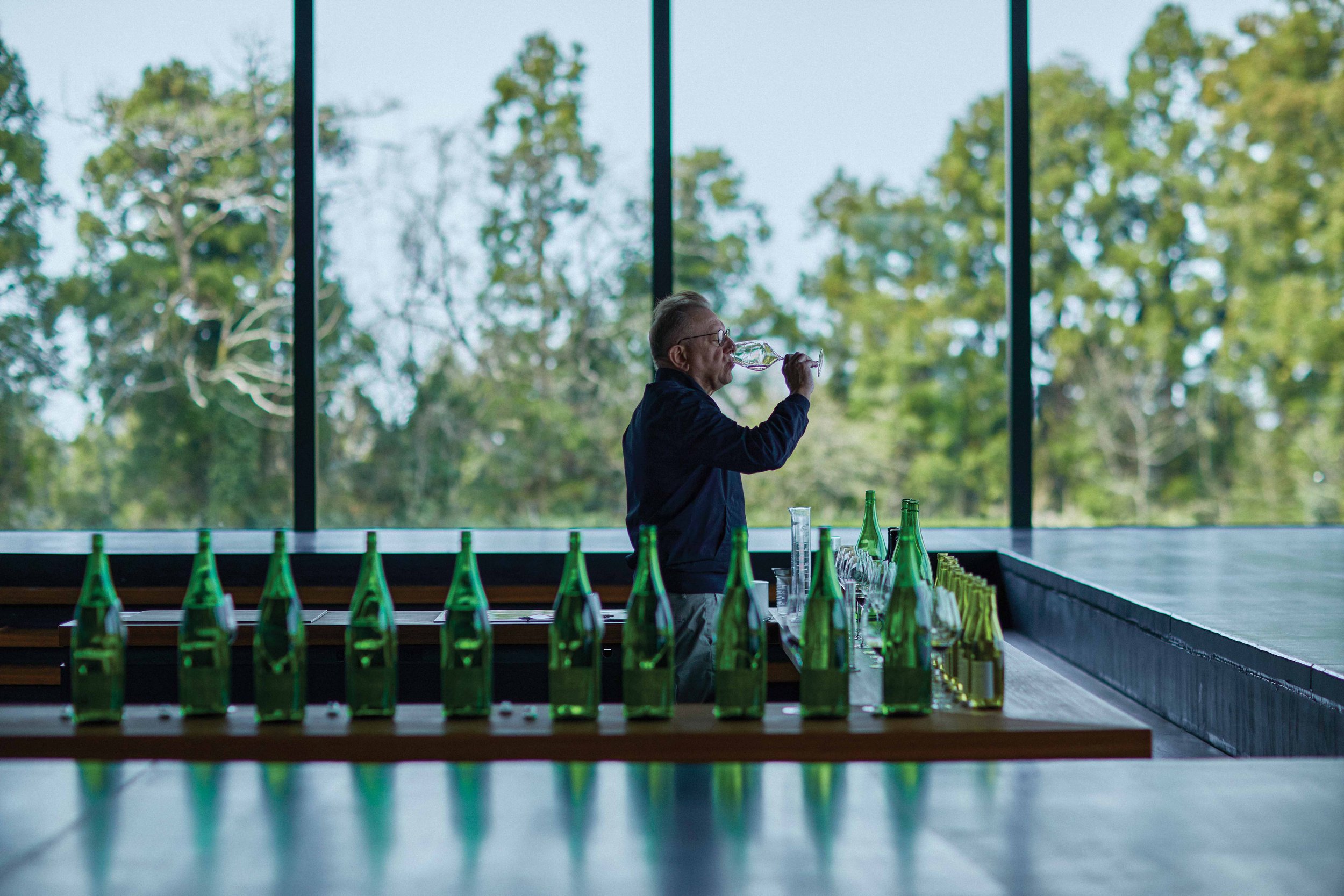
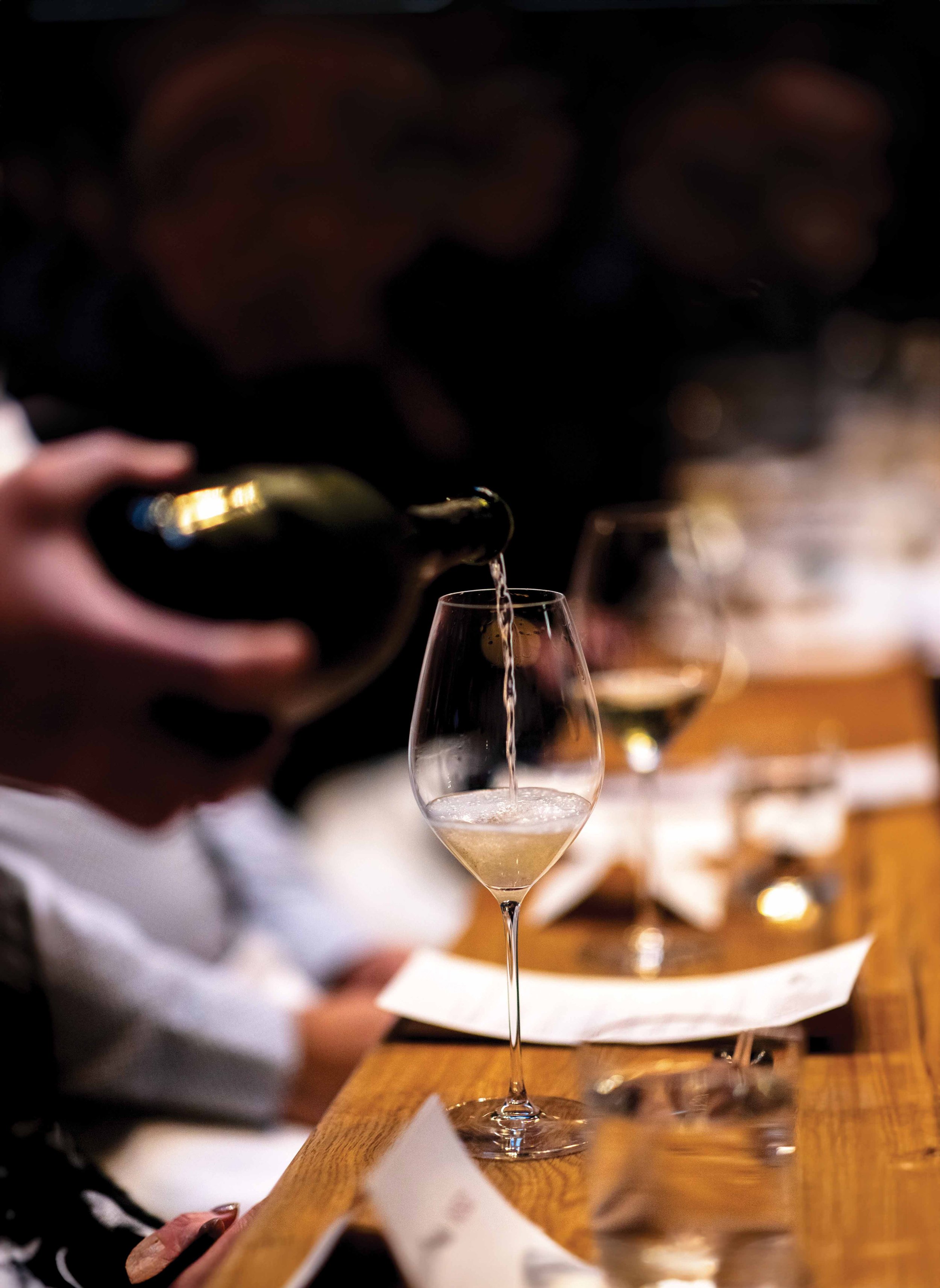
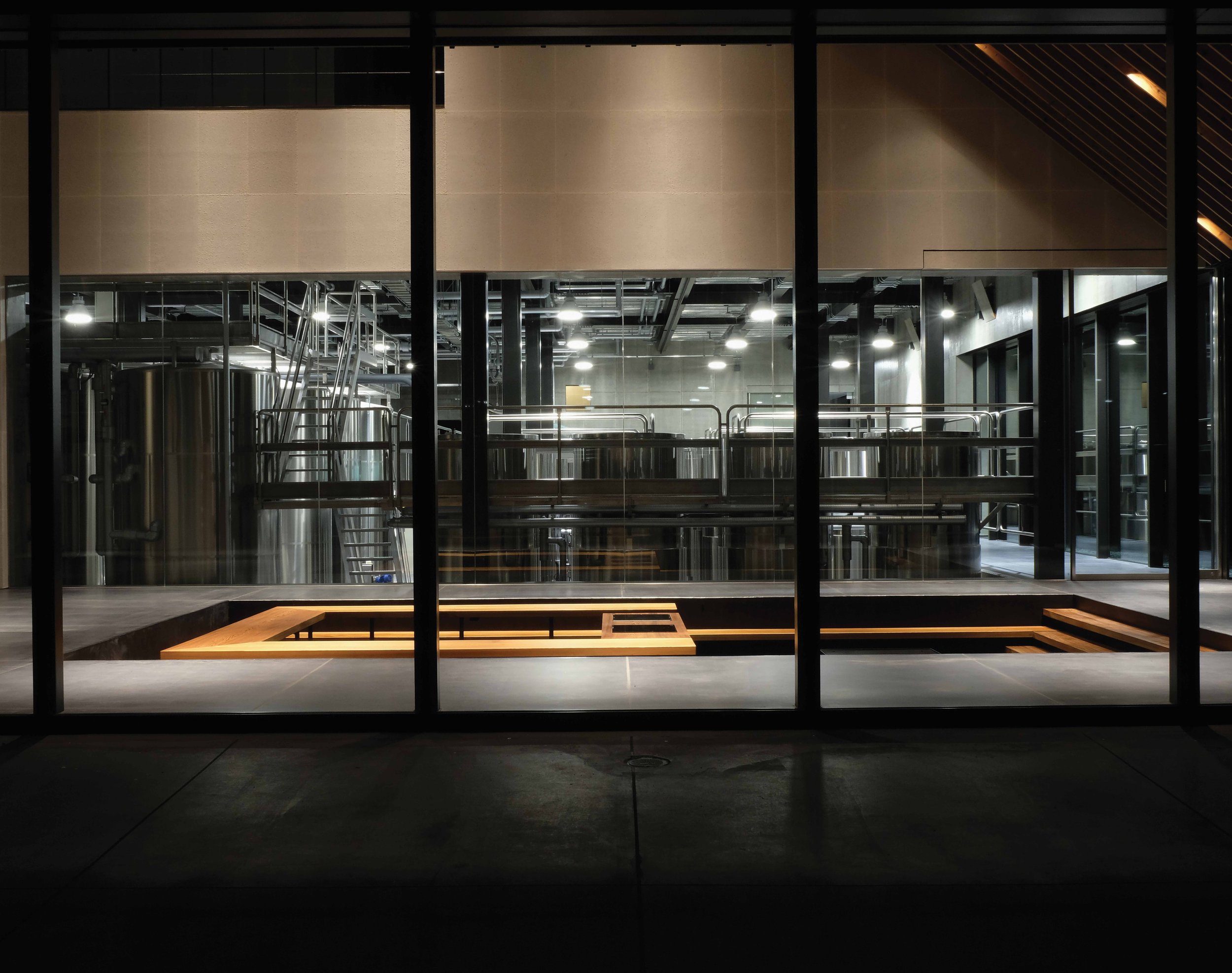
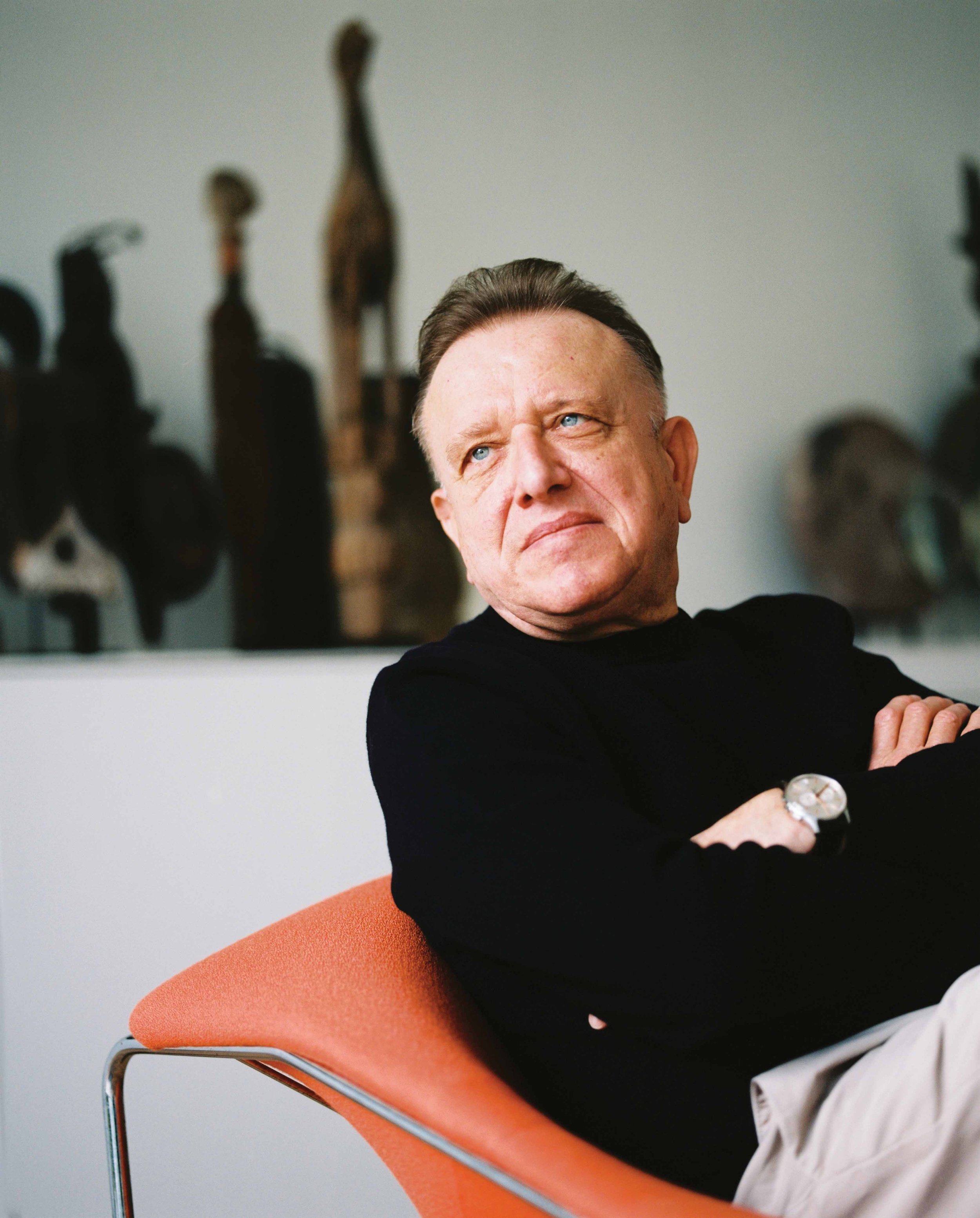
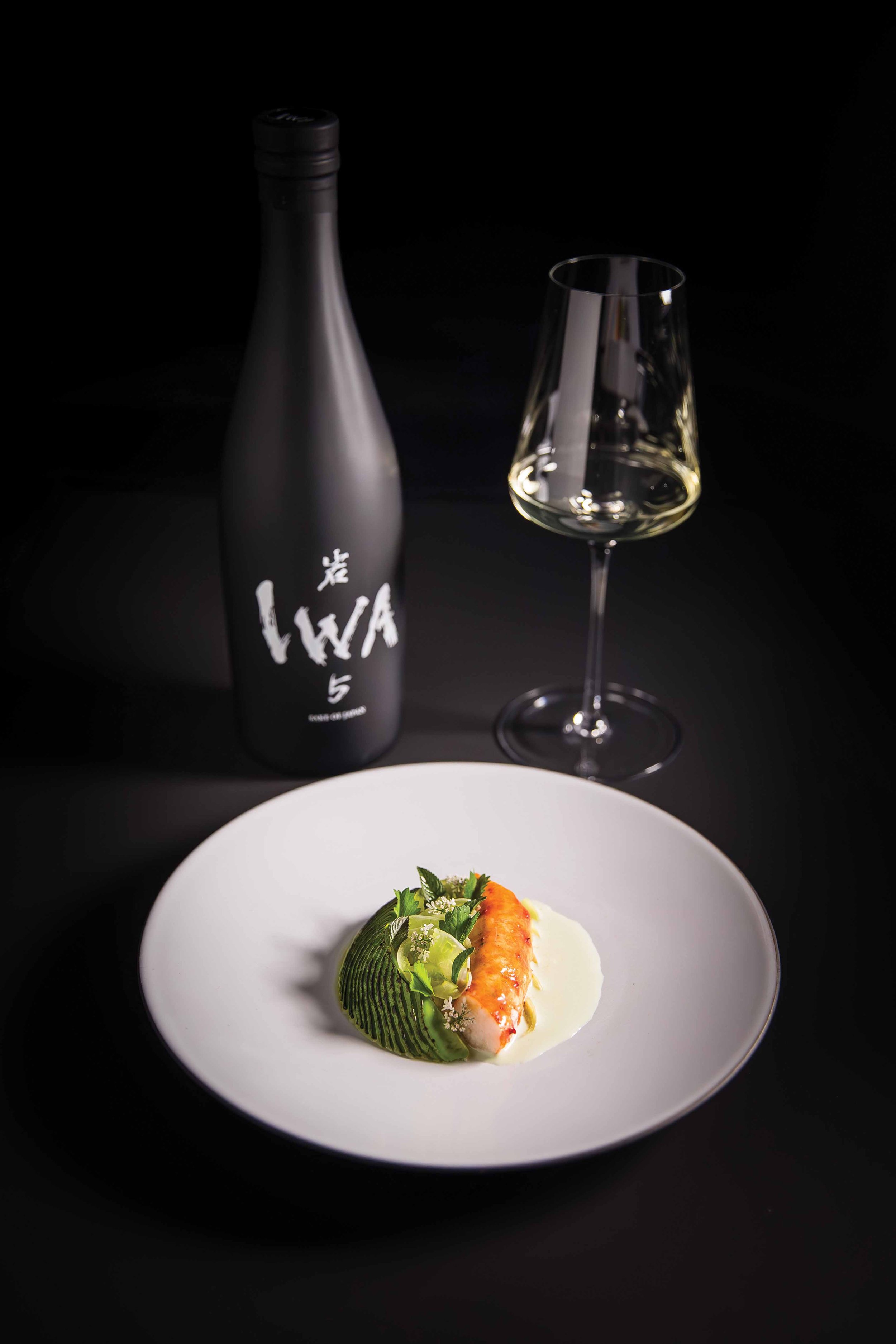
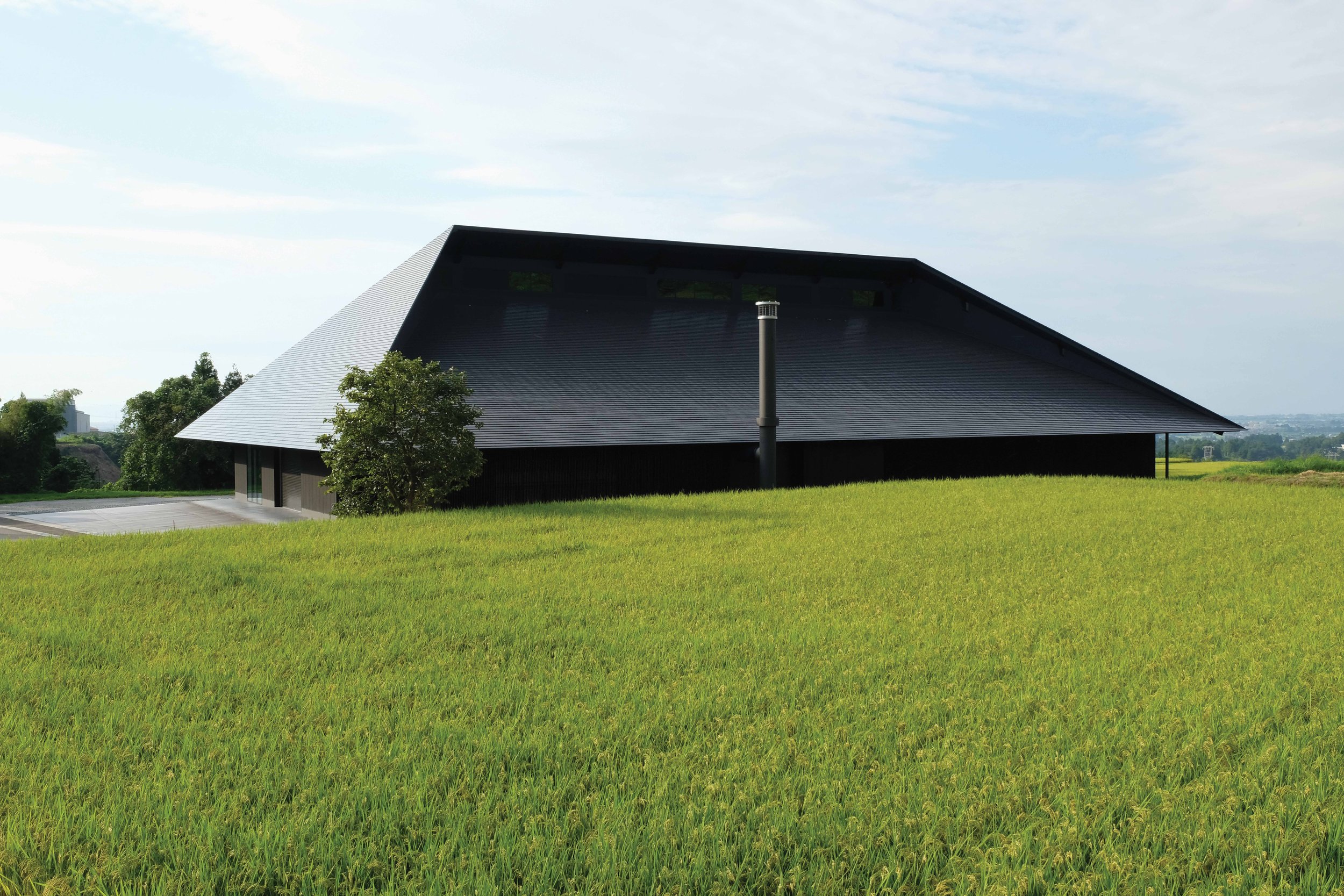
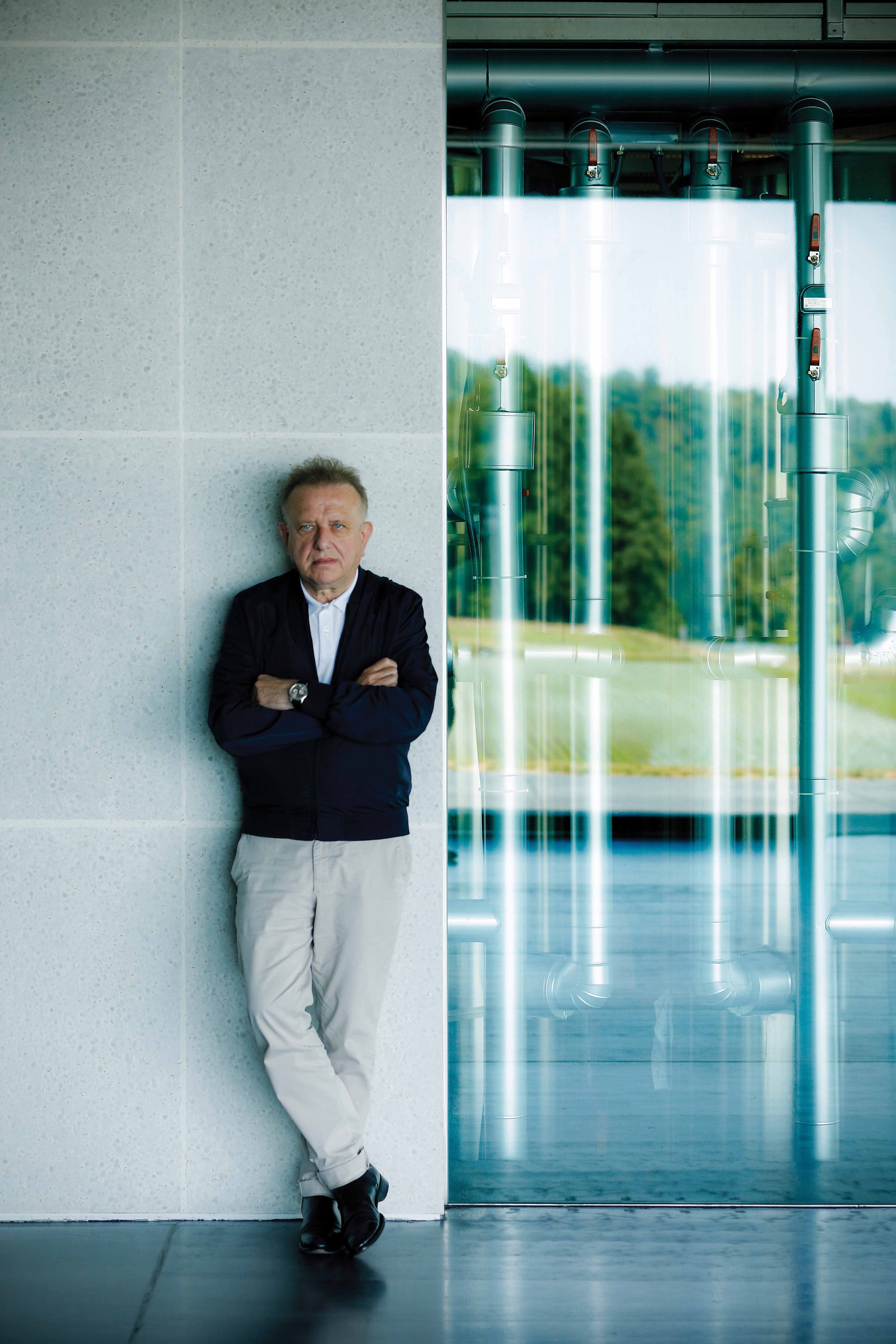
What would make a top Champagne chef de cave change gears? For Richard Geoffrey, who many would say had one of the most enviable jobs in the world as the master of Dom Pérignon’s signature blend for nearly three decades, the answer is: sake.
In 2019, after retiring from the venerable Champagne house, Geoffrey, a longtime aficionado of Japanese culture, launched IWA Sake of Japan, based in Tateyama, in Toyama prefecture. With a stunning state-of-the-art kura (storehouse) from renowned architect Kengo Kuma and a distinctive bottle shape designed by Marc Newson, the line positions itself as an ultra-premium sake for the international market.
Champagne fans will see many parallels, beginning with the blend. Each year, Geoffrey tastes through several brews made from different rice strains and yeasts to make the blend of the signature assemblage for the year. The results can be strikingly different. For instance, Assemblage 5, made from Yamada Nishiki, Omachi and Gohyakumangoku rice with five different yeasts, is described as having notes of plum and pear with a dry minerality. The previous year’s Assemblage 4, with a similar make-up of ingredients, yields notes of marzipan, shiitake and coconut, with “marine undertones.” Assemblage 3 tends toward “more vegetal than fruity” with notes of cucumber and coriander.
The shifting flavor profiles are an interesting experiment, but even though each year may be slightly different, Geoffrey sees a common thread in the IWA house style and philosophy — a tightrope he manages to walk no doubt from his years honing house styles of Champagne. “The signature of IWA is on the palate,” he says. “Palatability is the paradox of being rich and luscious enough, and yet so flowing and weightless. IWA is all about balance and complexity.” For true fans, it yields the opportunity to track how the assemblage will be slightly different from year to year.
Intriguingly, Geoffrey also makes recommendations for trying the sake at different temperatures to see how different the expressions of the same bottle can be. “Starting out, I would recommend for our IWA lovers to first try cellar temperature (around 54 degrees F),” he says. “The whole situation of temperature is so interesting to me, and how you can really push it lower and higher to more specific situations, occasions and food pairings. But cellar temperature is universal, just like how you would enjoy the great wines and prestige cuvees of the world.”
“Lower temperatures will make IWA a little more compact and tight with some edge, whereas higher temperatures drive more expansion and less gravity. To the extreme of body temperature (98°F), where the richness is totally floating and lofty. As a point of difference, IWA has the substance to stand up to the full spectrum of temperature range, including these warmer temperatures.”
IWA also stands out in the market with its line of aged sakes, which Geoffrey says stand out among koshu-type sake as being the only ultra-premium sake that has the capacity to contin-
ue and age for so long. “I project that it will keep on improving for the better for 10 years and beyond,” he says. The “reserve” line, which is built from a blend of assemblages with at least three and a half years of bottle maturity and has a flavor profile yielding notes of rhubarb and sansho pepper with more viscosity on the palate. “This maturation delivers something that is more mellow with both depth and complexity. IWA can be cellared like any of the great wines of the world, and we are excited to see our IWA lovers embrace this, enjoying their IWA 5 bottles now and cellaring them for the future as well.”
As for the future, Geoffrey says he can’t reveal too much, but expect more experimenting and pushing the envelope. “This will allow us to come up with new and exciting offerings in the coming years,” he says. And it’s precisely this commitment to experimentation that will allow the sake house to “keep on the mode of exploration and surprise, to create new experiences and emotions for our IWA lovers all around the world.”
